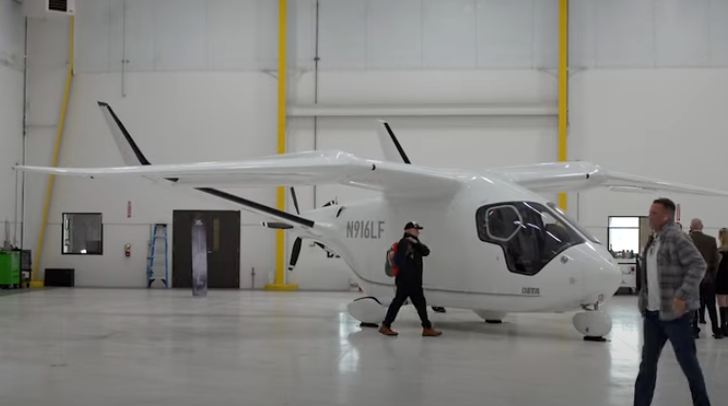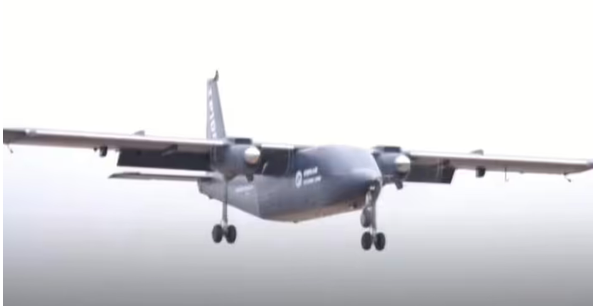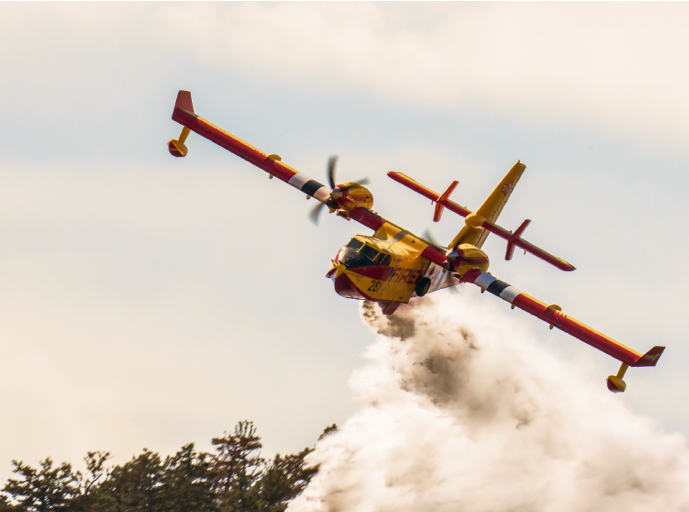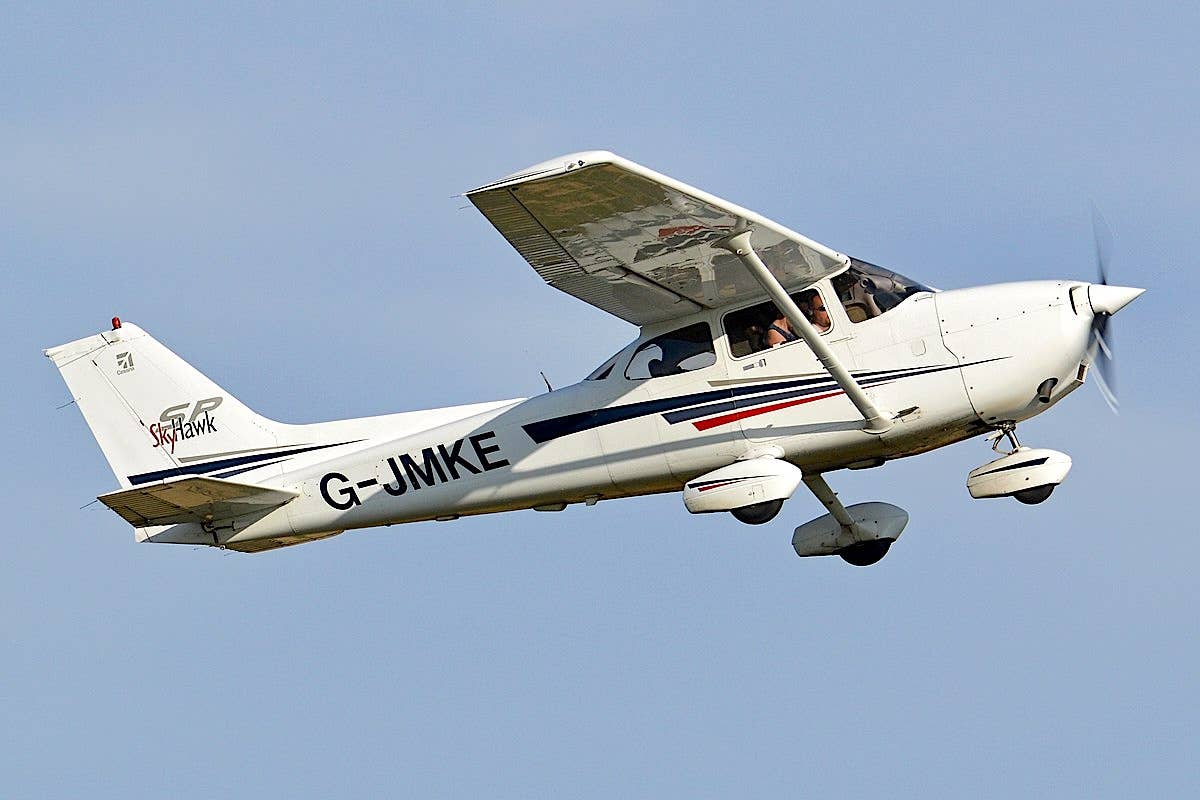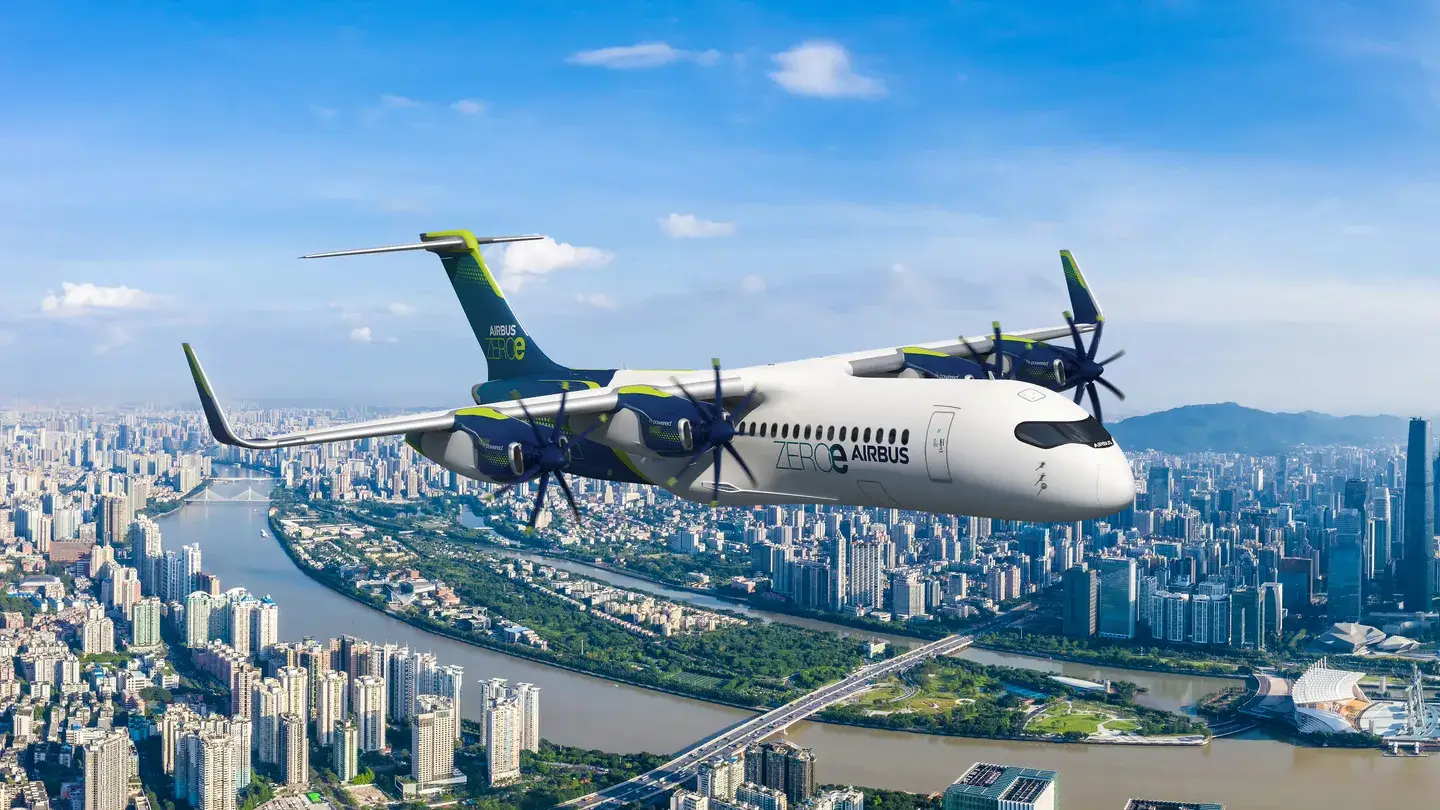Jeffco Noise Study Revealed; Touch & Go Operations Cited
Brad Walker, a longtime pilot at Jefferson County, Colorado’s Rocky Mountain Municipal Airport (KBJC; also known as “Jeffco”), has actively challenged efforts by homeowners to sue the county over noise…
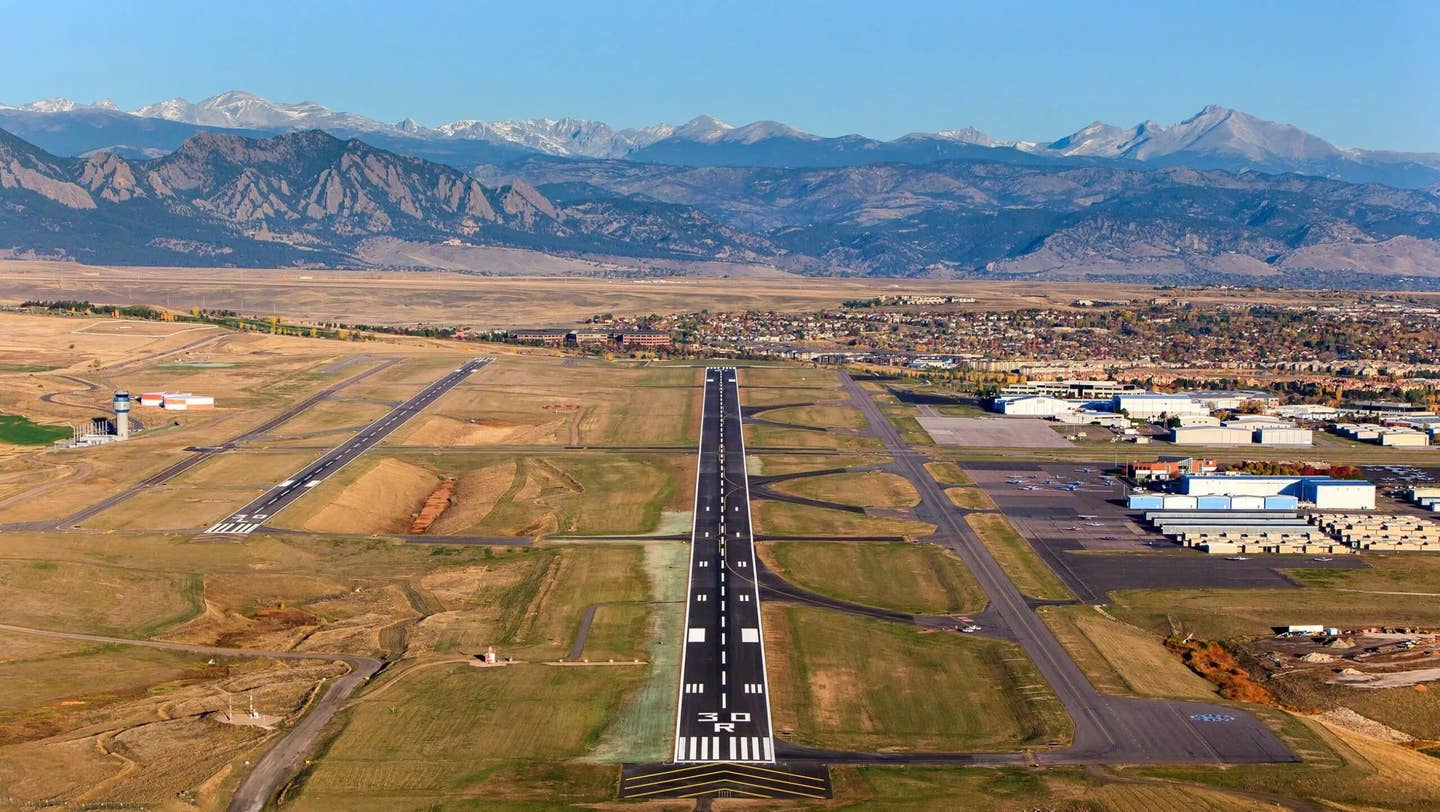
Brad Walker, a longtime pilot at Jefferson County, Colorado’s Rocky Mountain Municipal Airport (KBJC; also known as “Jeffco”), has actively challenged efforts by homeowners to sue the county over noise and lead pollution associated with the airport. Most recently, he filed a request under the Colorado Open Records Act (CORA) statute (similar to the federal Freedom of Information Act) to acquire a noise study commissioned by his hometown of Superior, Colorado, which abuts the airport property. His request had been denied, based on attorney-client privilege, but Walker recently acquired a copy of the report and shared it with AVweb.
The study, conducted by the firm Hankard Environmental of Colorado and Wisconsin, measures aircraft noise levels from a site directly under the turn from crosswind-to-downwind of the left traffic pattern. The study, conducted through the month or February 2024, used ADS-B data to differentiate between noise levels of aircraft taking off, landing, performing touch-and-go operations or overflying the airport. Noise levels were further classified by decibel levels above ambient noise—5 dBA “clearly noticeable,” 10 dBA “significant increase” and 20 dBA “much louder.”
Of 6,371 aircraft operations that passed within 1.25 miles of the observation site and registered at least "clearly noticeable" dBA levels, the study noted that just over half were attributed to touch-and-go operations. That determination was based on recorded ADS-B data showing whether aircraft were on the ground; had taken off, landed or overflown; or performed a touch and go. Report: “If the aircraft is airborne and was on the ground within both the past 20 minutes and the next 20 minutes, this sample is classified as a touch and go.”
According to Walker, the report appears to be targeting flight schools’ touch-and-go (T&G) operations. The up-front summary reads: “Over the entire month, aircraft operations were clearly noticeable for 4,234 minutes (71 hours). If T&G operations were not conducted at the airport, an analysis of the measurement data indicates that noticeable aircraft operations would decrease to 1,356 minutes (23 hours), which is a 68% reduction.” The report later reads: “Flight schools are identified based on aircraft registered owner, list of planes and N numbers on each flight school’s website, and observations of aircraft at the airport. Most aircraft are identified as piston-engine … and the majority of them are registered to flight schools.”
Walker is particularly troubled by the use of ADS-B data to track aircraft and aircraft owners, fearing it could lead to legal action. He told AVweb, “This means the Town of Superior is using personal identifying ADS-B information to track airplanes (i.e., much like a license plate reader). This means the town is subject to Colorado laws about passive surveillance.”

